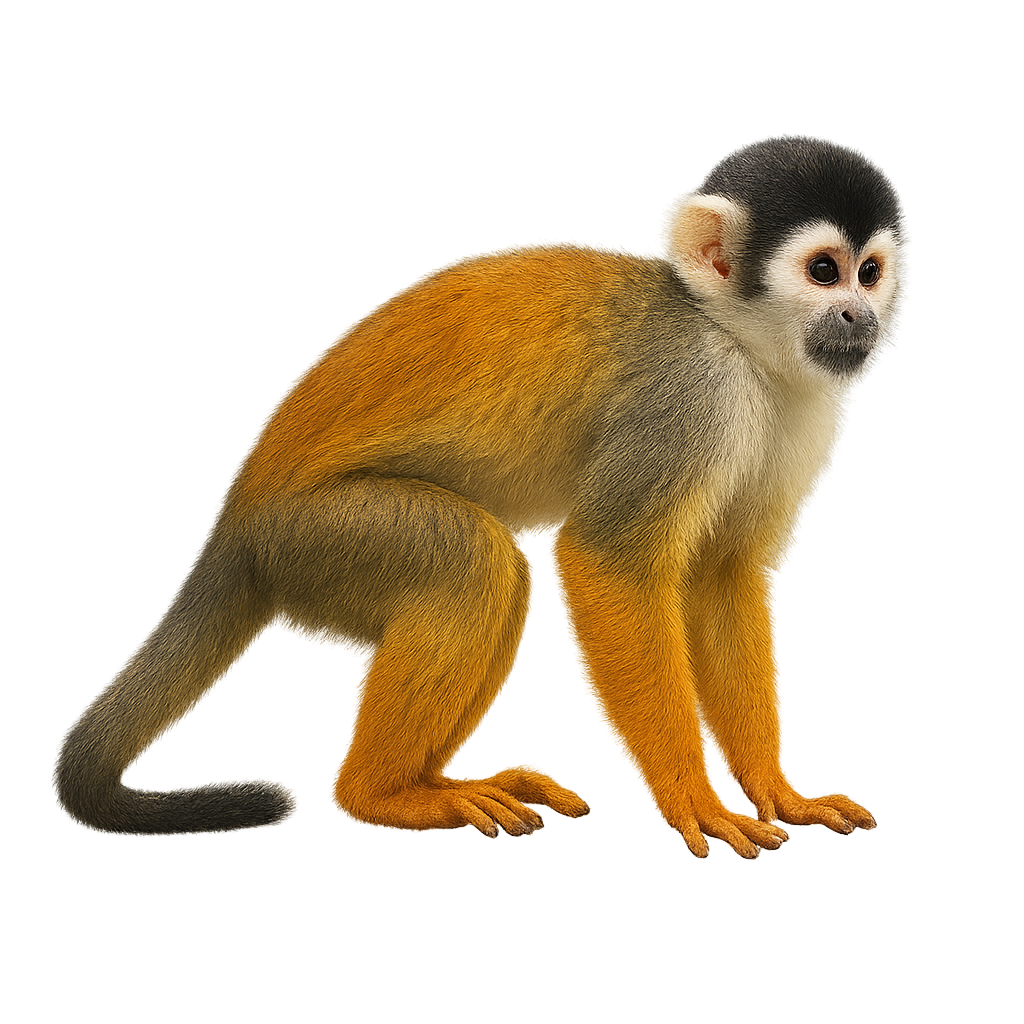Your wildlife photography guide.
Explore the central american squirrel monkey in detail, study its behavior, prepare your shots.
Where to observe and photograph the central american squirrel monkey in the wild
Learn where and when to spot the central american squirrel monkey in the wild, how to identify the species based on distinctive features, and what natural environments it inhabits. The WildlifePhotographer app offers tailored photography tips that reflect the central american squirrel monkey’s behavior, helping you capture better wildlife images. Explore the full species profile for key information including description, habitat, active periods, and approach techniques.
Central American Squirrel Monkey
Scientific name: Saimiri oerstedii

IUCN Status: Endangered
Family: CEBIDAE
Group: Mammals
Sensitivity to human approach: Suspicious
Minimum approach distance: 10 m
Rut period: October to November
Gestation: 150-170 jours
Births: March to April
Habitat:
Tropical rainforests, mangroves, secondary forests
Activity period :
Primarily active during the day, with peak activity in the morning and late afternoon.
Identification and description:
The Central American Squirrel Monkey, or Saimiri oerstedii, is a small primate primarily found in the tropical rainforests of Costa Rica and Panama. Recognizable by its reddish back and white face bordered with black, it is highly agile and spends most of its time in the canopy. This monkey lives in social groups that can number up to 70 individuals, which helps protect it from predators. It primarily feeds on fruits, insects, and small vertebrates. Although its habitat is threatened by deforestation, conservation efforts are underway to protect this iconic species of Neotropical biodiversity.
Recommended lens:
400 mm – adjust based on distance, desired framing (portrait or habitat), and approach conditions.
Photography tips:
To photograph the Central American Squirrel Monkey, it is advisable to use a telephoto lens of at least 400mm to capture detailed images without disturbing the animal. Look for areas where the monkeys are active, usually in the canopy, and be patient. The natural light of the morning or afternoon is ideal for well-lit photos. Stay quiet and avoid sudden movements to prevent scaring them. A tripod can be helpful to stabilize the camera, especially if using slower shutter speeds.
The WildlifePhotographer App is coming soon!
Be the first to explore the best nature spots, track rutting seasons, log your observations, and observe more wildlife.
Already 1 431 wildlife lovers subscribed worldwide

